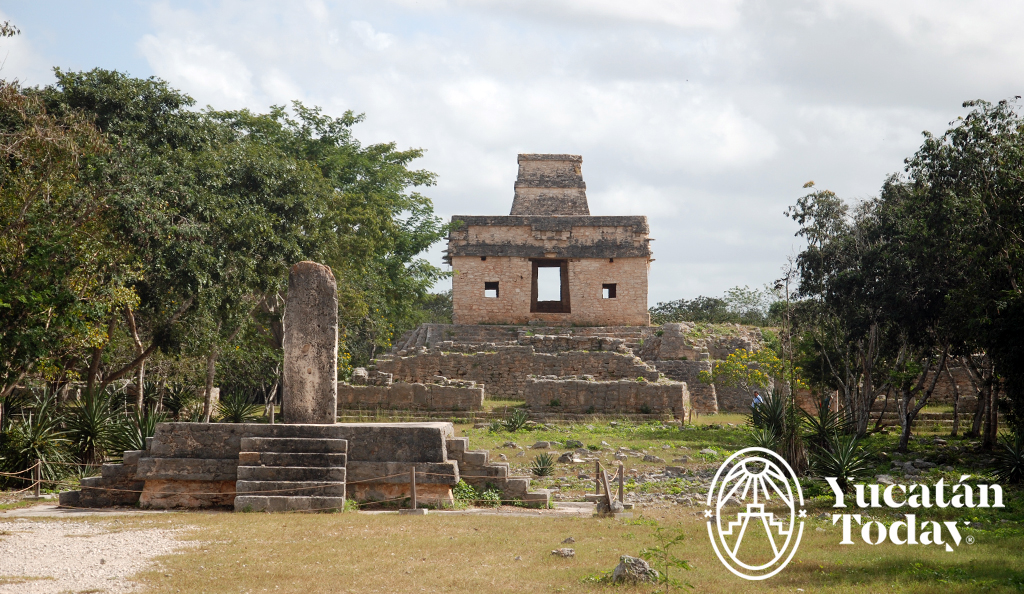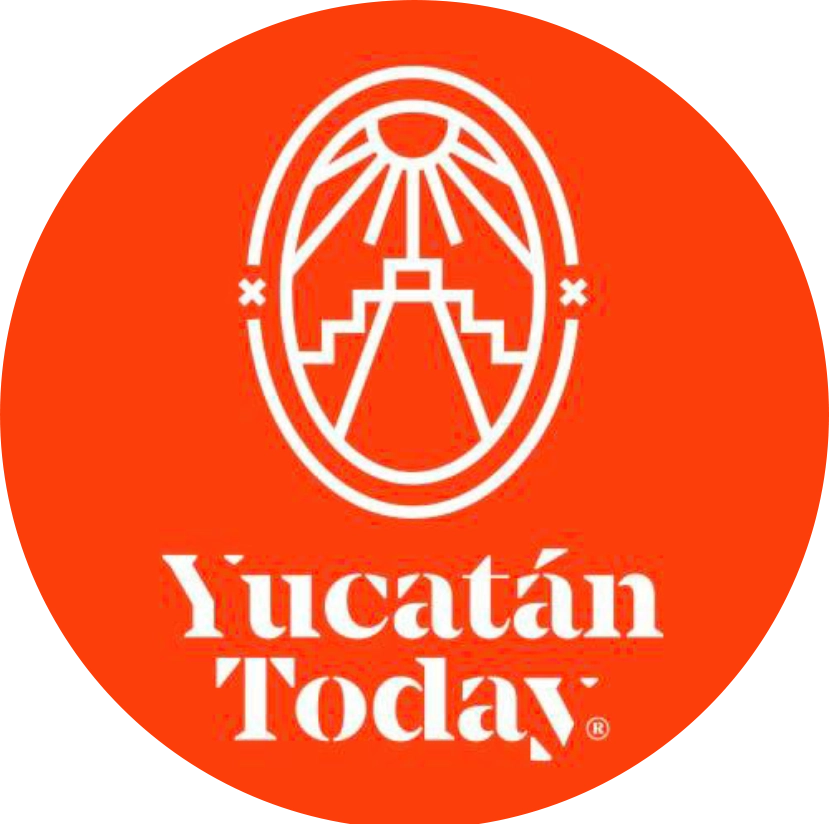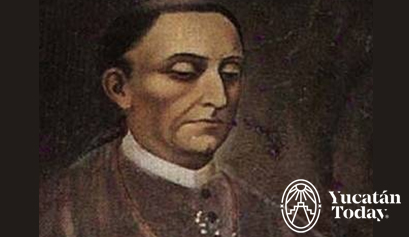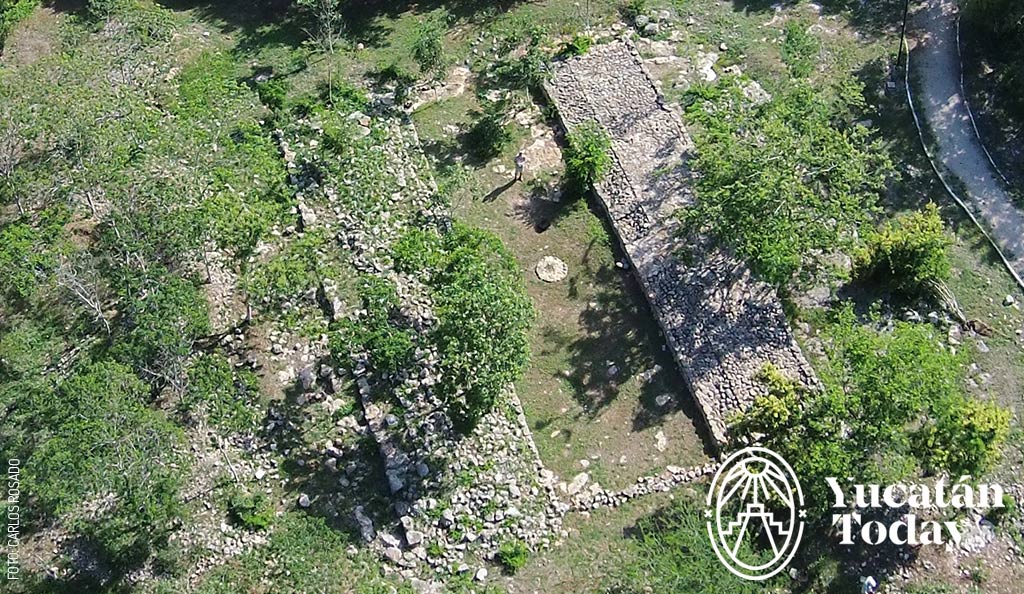
Dzibilchaltún
Dzibilchaltún is closed until further notice. April 2024.




There were settlements here from 500 BC until the Spanish conquest, around 1540 AD. It covers an area of about 19 square kilometers, with somewhere around 8400 structures in the round enclave. It is believed there may have been a population of as many as 40,000 inhabitants, making it one of the largest cities of Mesoamerica.
To reach the archaeological site, walk the winding path past ancient Maya stone sculptures. Then follow the ecological path flanked by trees from the region, identified with their names. This will take you to the Temple of the Seven Dolls.
The Temple of the Seven Dolls
The Temple of the Seven Dolls is also known as the Temple of the Sun, a square structure which was the focal point of the city. This second name may come from the phenomenon which takes place twice yearly, at the spring and fall equinoxes, when the rising sun is visible through one window and out the other, a tribute to the incredible mathematical knowledge of the Maya. The temple is connected to the rest of the site by a sacbé, or "white road," so called because they were originally coated with white limestone, built over stone and rubble fill.
The more well-known name, Temple of the Seven Dolls, comes from the seven small coarsely made effigy dolls found in the interior of the temple. The one-story square building has a central chamber surrounded by a corridor. There are four entrances with windows alongside each one, facing east and west. It may have been used as an astronomical observatory. The roof was like a tower, which projected upwards from a vaulted ceiling. There are steps on all four sides of the building, which was built on a pyramid-shaped pedestal. There are eight stucco masks on the frieze of the temple, as well as serpents and glyphs, and beads, sea animals, and feathers, all made in carved stucco. It wasn't until the 1950s that archaeologists discovered the temple buried under another building: for some reason around 800 AD, the temple was filled with rocks and then covered by another larger building. The remains of this second structure still partially cover it. Many other temples on the grounds have also been rebuilt and restored.
Dzibilchaltún is a great place to wander, enjoy the peaceful surroundings, climb the structures and imagine what life must have been like there hundreds of years ago. Dzibilchaltún is also a unique National Ecological Park with hundreds of species of fauna.
Cenote Xlacah
Last but not least, head for the Xlacah (which means "old village") cenote. This cenote is not open to swimming. Many archaeological remains have been found in the cenote.
Video Mapping Pasos de Luz (paused)
- The Light and Sound show consists of a tour of 7 different stations with a total duration of 50 minutes.
- Cost: $748 foreign pesos, $509 national pesos and $409 Yucatecan pesos.
- Maximum capacity of 60 people.
- The video mapping functions are from 7:30 and 9:30 pm, this being the last time.
- The box office is open from 3 pm to 9:20 pm for the acquisition of Pasos de Luz tickets.
- 7 pm INAH access is given to the archaeological zone.
- Exempt from payment at the entrance to the Z.A. (does not apply to Light and Sound) pensioners, people over 60 years old, children under 13 years old, retirees, disabled people, students.
How to get there:
To get to Dzibilchaltún, take the Mérida-Progreso highway north. After 11 km. you will see the sign to turn right. Drive for about 3 more km. You will see signs directing you to turn right after you pass the village.
If you don't have a car, you can go by combi (collective taxi) on Calle 61 x 54 y 56, Centro (You should take the one that heads to Chablekal).
Entrance fees:
- Open every day 8 am - 5 pm
- Foreingers: $318 pesos
- Mexicans: $185 pesos
- Yucatecans: $95 pesos
- The site of Dzibilchaltún has various services to make the visitor comfortable: artisan objects in the gift shop, information booth, medical services, telephone, handicapped facilities, restrooms, and parking. We recommend hiring a guide at your arrival to explain the archaeological and astronomic wonders of this site. Hours: 8 am - 5 pm.
Maps:

Author: Yucatán Today
Yucatán Today, la compañera del viajero, es un medio bilingüe de información turística sobre destinos, cultura y el qué hacer en Yucatán con 36 años de trayectoria.
¡Receive the latest articles and much more from the best of Yucatán in your email!
Related articles

Fray Diego de Landa: A Contradiction
Fray Diego de Landa was born in Spain in 1524, and came to Yucatán as a Franciscan monk in 1549. His assignment was to convert the Maya to...
Pok Ta Pok, the Enigmatic Ritual “Sport” of the Maya
Known in Yucatán as Pok Ta Pok, the Mesoamerican ball game is a ritual sport played since at least 1650 BC by pre-Columbian people.






